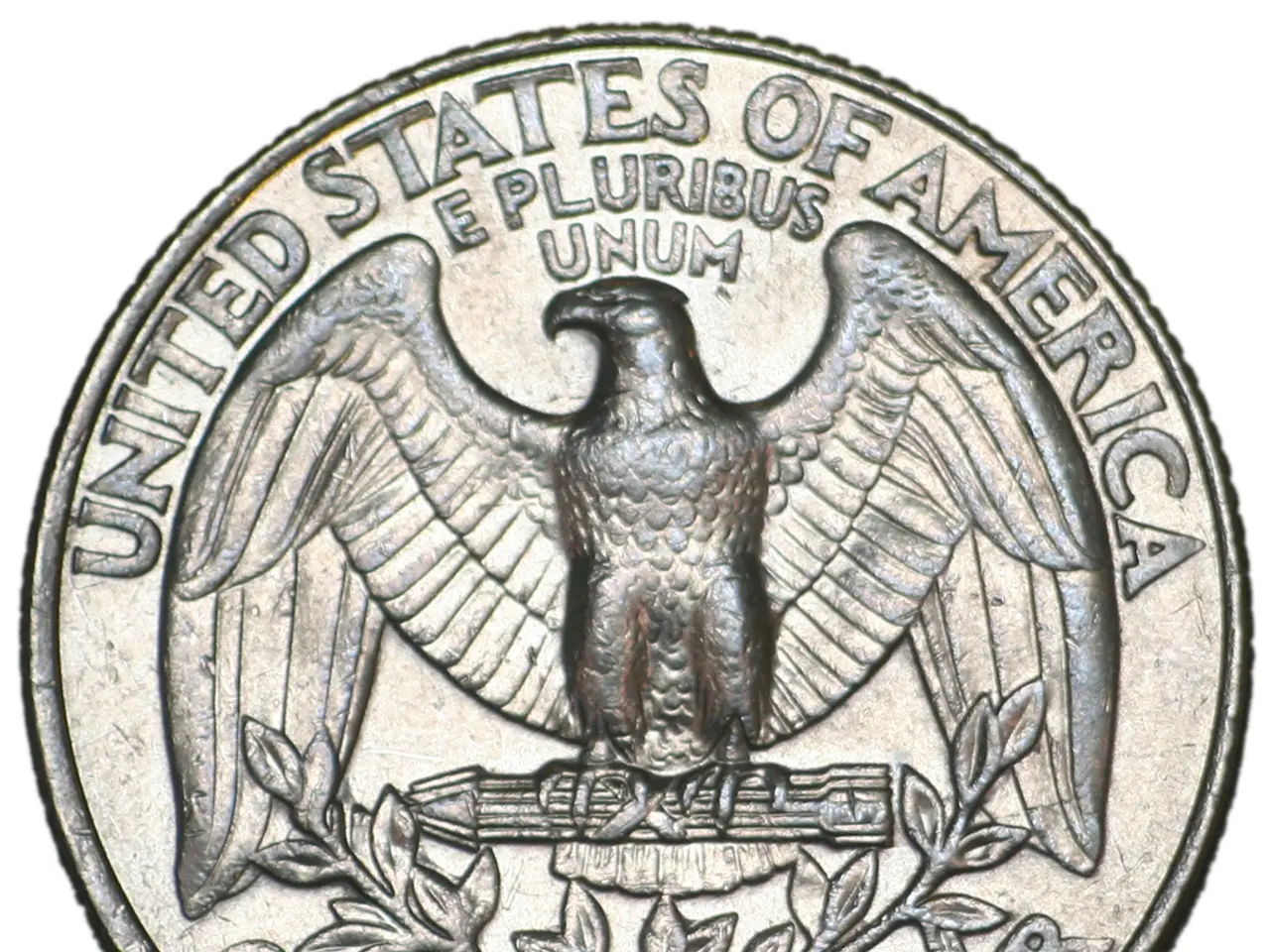Breaking Point in User Experience Redesign
In the world of user experience (UX) design, the concept of the UX Tipping Point has gained significant traction. This stage signifies a shift where UX design takes a central role within the organization, and design excellence is no longer compromised for temporary convenience.
Before reaching this pivotal point, many companies pay lip service to UX while shipping sub-standard experiences to meet deadlines or release schedules. However, an unknown author or service can reach a tipping point if they deliver the experiences that customers love.
Jared M Spool, a renowned UX expert, offers insights on the UX Tipping Point and provides a case study on Disney World's latest UX success. Spool outlines an evolutionary path for businesses to reach their UX tipping point, which includes stages such as The UX Dark Ages, Testing the UX Waters, The UX Money Train Arrives, The UX Tipping Point, and The Final Stage - The Complete Integration of UX.
To reach the UX Tipping Point, several key factors are crucial. Firstly, leadership buy-in is essential, with executive support and understanding of the value of UX. Cross-department collaboration is also vital, breaking down silos so design, development, product, and business teams work together.
Embedding a user-centered culture is another essential factor. This culture emphasises user research and usability testing throughout the product lifecycle. Having capable UX professionals who can influence and guide design decisions is equally important.
Demonstrating quantifiable impact is another critical factor. This means showing that UX improvements translate to business metrics, such as conversion and retention rates. Organizational learning is also crucial, with teams continuously learning from user feedback and iterating to improve the user experience.
Start-ups have an advantage in this regard, as they often have less organisational baggage, allowing them to focus on delivering awesome user experiences and building a culture beyond the UX Tipping Point. Established organisations, such as Microsoft, continue to face challenges in reaching this stage, despite efforts to improve user research.
Reaching the internal UX Tipping Point increases a business's chances of reaching a real-world tipping point, where customers are likely to recommend the business's products and services. This is significant for UX designers and marketers, implying that smaller companies can break into and dominate markets with the right approach.
The Tipping Point, initially postulated by Malcolm Gladwell, examines sudden and extreme changes in society. Spool's UX Tipping Point suggests that new ideas can spread virally, similar to the spread of diseases in epidemic patterns. Decision-makers must consider the impact of their decisions on the user experience, looking beyond the first bend in the product roadmap to ensure long-term UX success.
In conclusion, the UX Tipping Point represents a significant milestone for organizations. By focusing on leadership buy-in, cross-department collaboration, a user-centered culture, skilled UX teams, quantifiable impact, and continuous learning, businesses can create a culture that prioritises user experience and propel themselves past the tipping point.
- To truly reach the UX Tipping Point, embracing a user-centered culture is also crucial, incorporating user research and usability testing throughout the product lifecycle.
- To create a culture that prioritizes user experience and propel their organization past the UX Tipping Point, businesses must invest in UX design, collaborate across departments, demonstrate quantifiable impact, and foster continuous learning.




